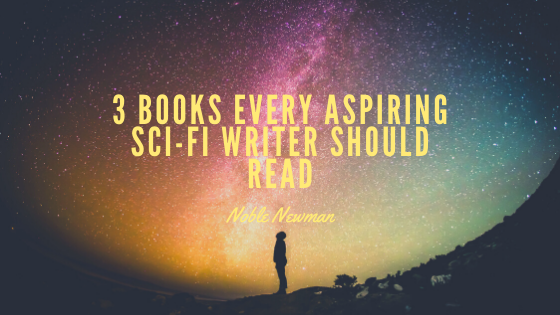Science-fiction can easily consume our imagination so much, we want to begin writing it. It’s an incredible and in-depth genre where anything is possible with a little science and sometimes from the extraterrestrial. If you are thinking about starting to write your own stories, it’s important to remember that every good writer is an even greater reader. Here are the books every aspiring sci0fi writer should read:
Infinite Detail by Tim Maughan
Published not too long ago was a fast-pasted thriller by Tim Maughan called Infinite Detail. It is an extra dairy and heart-racing tale of cyberterrorism that creates a techno-apocalypse and the Internet crashes which shuts down everything as the world knows it. Searching for answers, unplugged souls head to the Croft, an area of Bristol where people who have already unplugged live. This is a high-tech story that gives readers a taste of how action-packed and futuristic a sci-fi story can be taken.
1984 by George Orwell
Every great sci-fi writer has read the amazing classic, 1984 by George Orwell. Nominated as one of America’s best-loved novels, the book chronicles that story of a chilling dystopian that is all too familiar to modern times. Winston Smith works for the Ministry of Truth living in one of the three totalitarian super-states that rule the world. Winston begins to see through the lies built around government surveillance, controlled narrative, and serious loss of civil rights. This classic novel is a must-read for any writer, let alone an aspiring sci-fi loving writers.
The Hitchhiker’s Guide to the Galaxy by Douglas Adams
One of the truly most acclaimed and amazing science-fiction novels is The Hitchhiker’s Guide to the Galaxy by Douglas Adams. When the Earth is destroyed by a Vogon constructor fleet to make way for a hyperspace bypass, the last surviving man, Arthur Dent, is taken on misadventure after misadventure through the galaxy. This story is a hilarious and wildly imaginative adventure, offering a much greater and deeper message than it initially appears on the surface.

